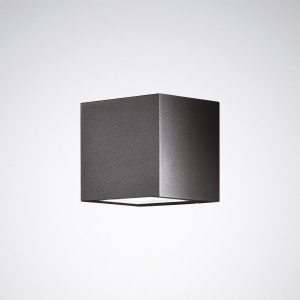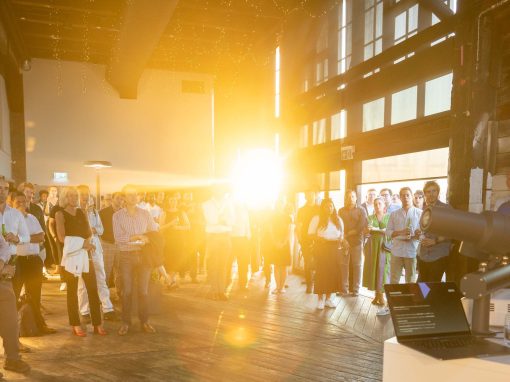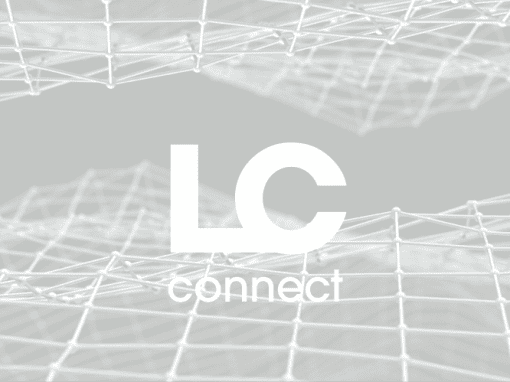Daylight is our ultimate reference point for good lighting, it reveals all aspects of our surroundings. Up until now, artificial light sources have always compromised in one area or another. However the technology has made huge improvements – colour is being exposed and even manipulated to meet different requirements.
We are able to finely tune LED light sources to great effect, especially in retail settings. Each application will require a different approach and colour reproduction. Bread will look appetising under a warm light, which would make fish look old. How we describe and specify the desired effect can be challenging, which is why it is important to understand the basics of lighting.
The Colour Rendering Index (CRI) is used to analyse the colour reproduction properties of light sources. The metric does, however, have some drawbacks. The basic CRI, Ra8 only tests eight colour samples and these do not include red. There are addition six colour samples that can be used in the Ra14 version. To solve the drawbacks of CRI, TM-30 was first introduced in 2015 by the Illumination Engineering Society of America. TM-30 is a calculation method for colour rendition and colour saturation of LEDs and it relies on 99 reference colours. It aims to measure a light source more accurately so that designers can provide data to enhance every space.
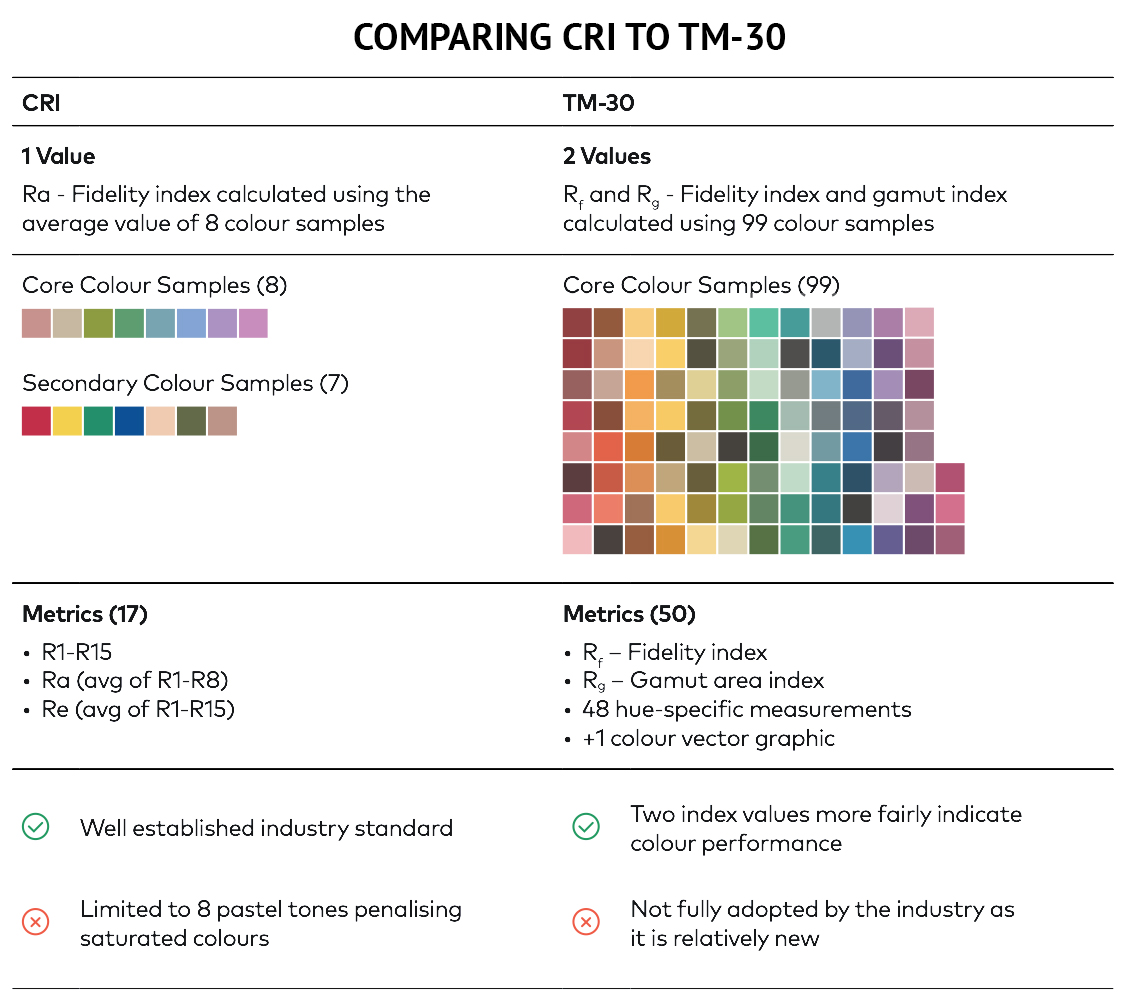
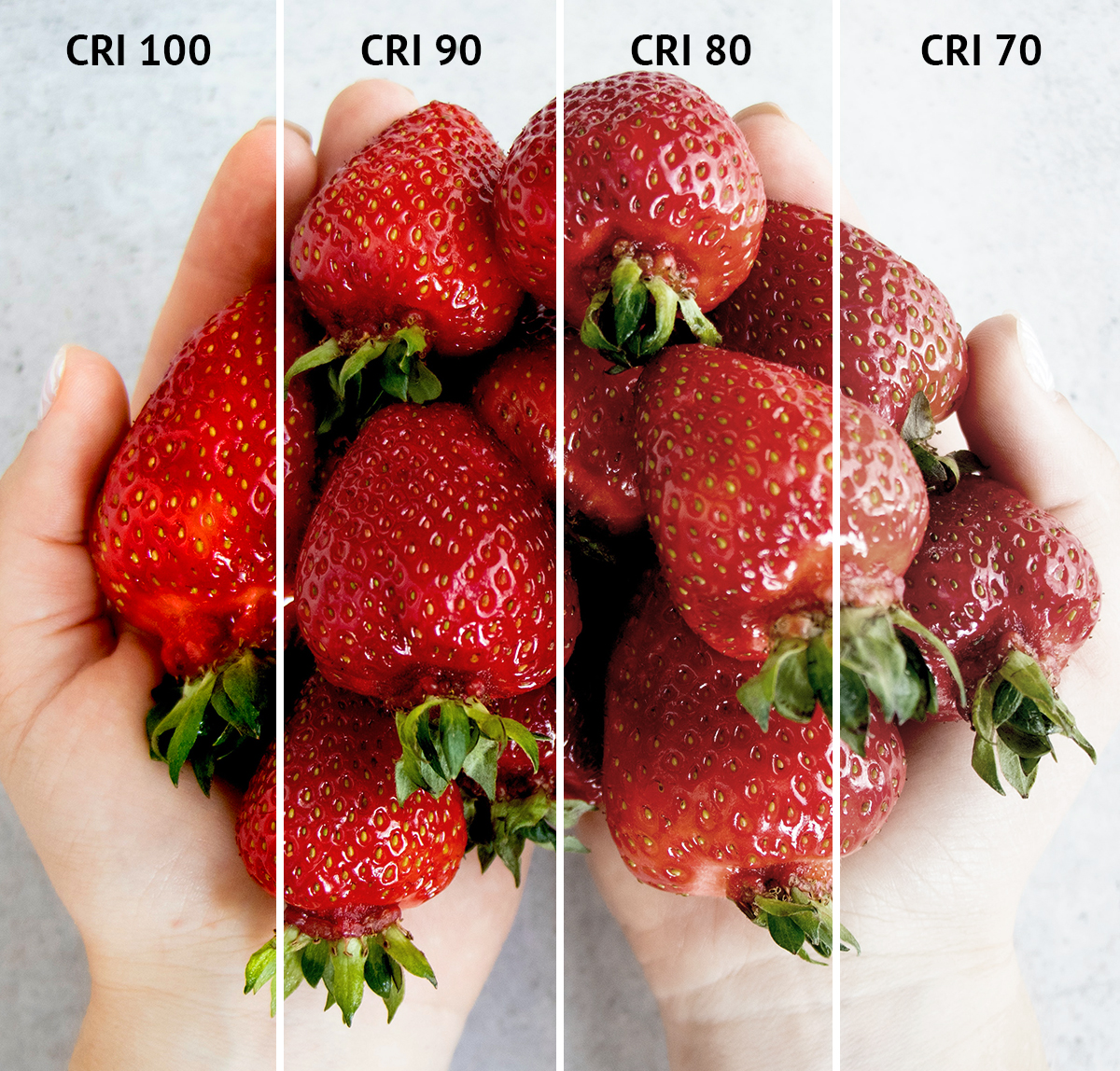
LIGHT QUALITY IN SUPERMARKETS
The requirements of food products are as varied as the products themselves. Various lighting solutions are required for the many areas inside a supermarket, from fresh food storage to the car park, cold storage room, offices, the pantry aisle and checkout.
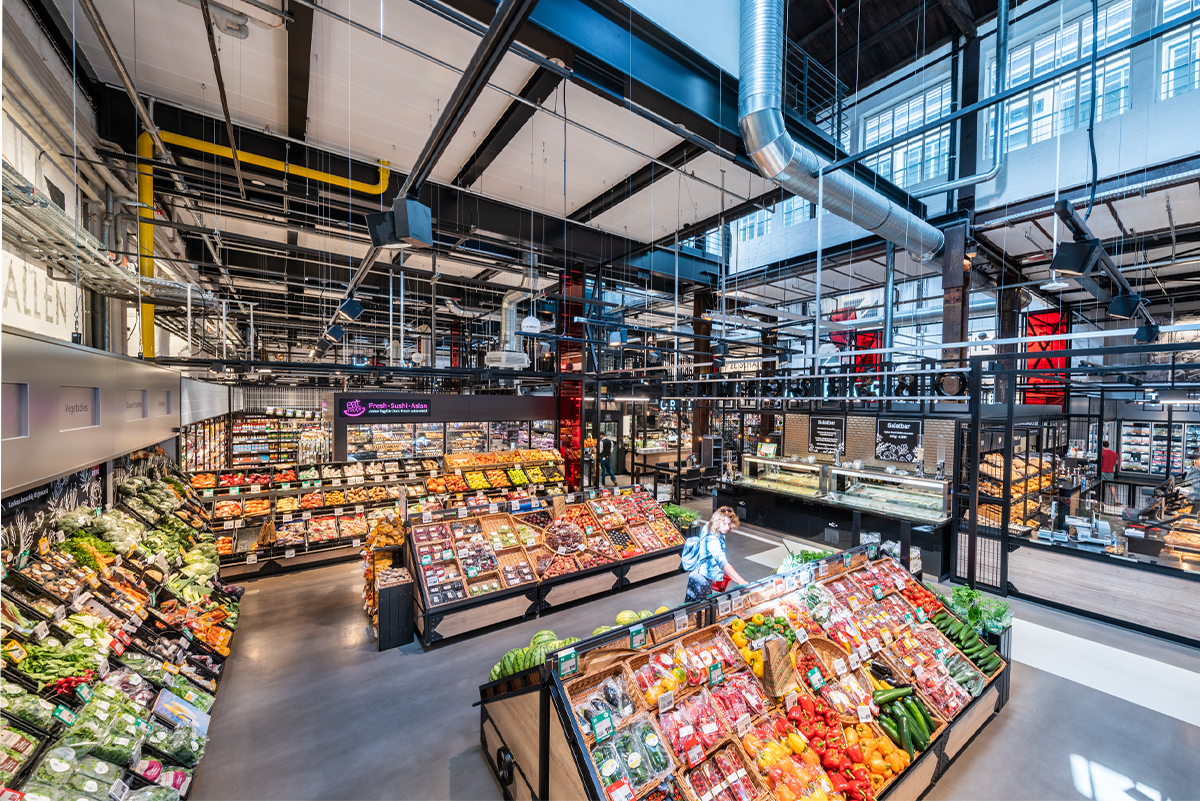
FRUIT & VEGETABLES
Freshness you can see – lush green, brilliant orange, and bright red. A sunny light spectrum whisks away the customers to southern pastures, to sumptuous markets. The variegated colours of fruit and vegetables delight the eyes and whet your appetite for crisp freshness. What is important is to emphasise the variety and to retain the freshness.
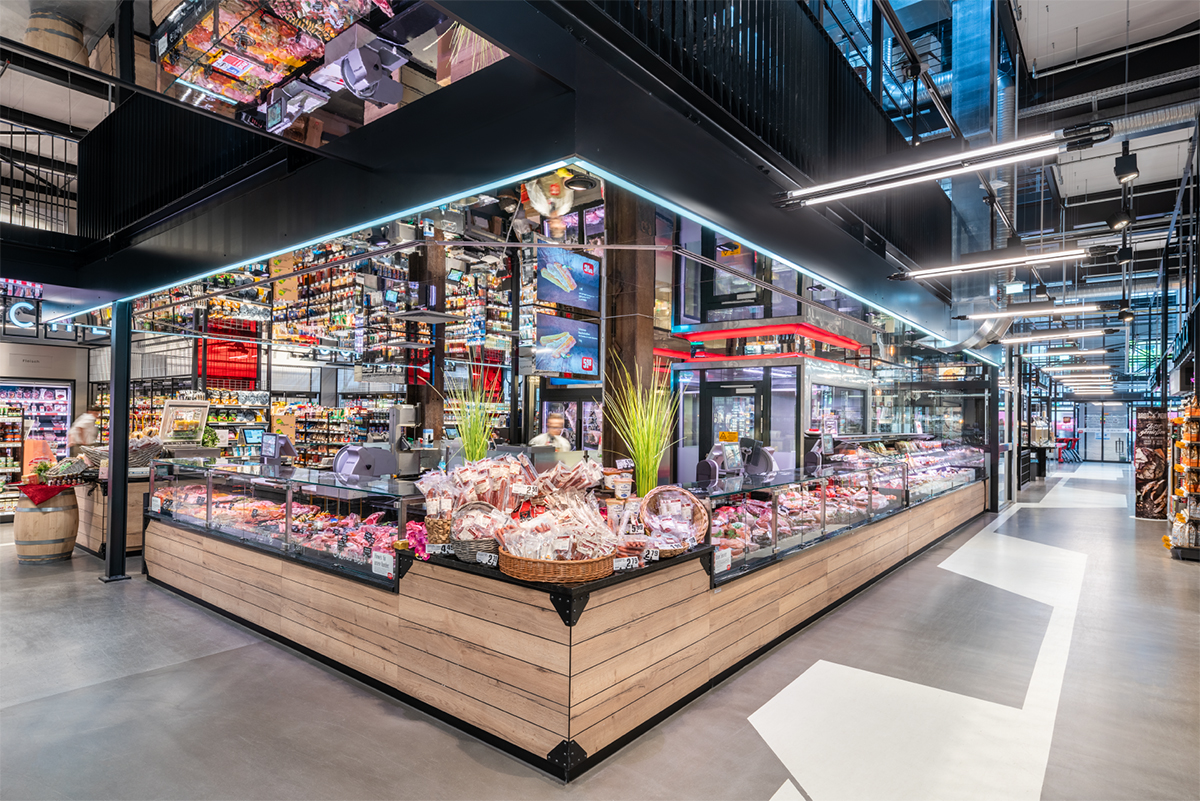
DELI
Meat products are the eyecatcher on every refrigerated counter. Due to their mixture of red and white colour portions they appear powerful and fresh. The matching lighting with a coordinated light spectrum reinforces this effect without falsifying it. And it does so in such a gentle way that the goods not only look fresh but remain fresh longer.
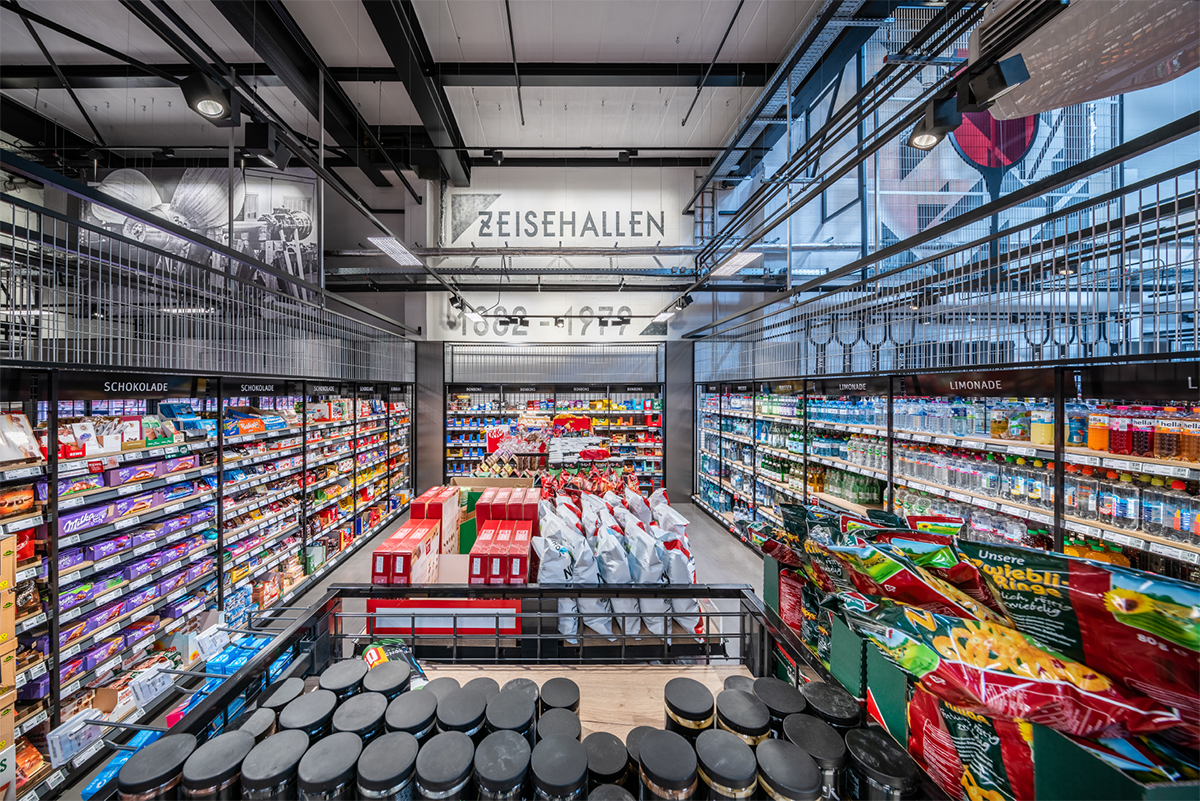
AISLES
Horizontal and vertical surfaces with a high product pressure need to be efficiently illuminated. Set real bright spots with optimum light distribution at the same time as efficient use of energy. Centres of light on the line of vision and shadow-free illumination of vertical surfaces make this possible. In that way, lighting landscapes arise, making for a relaxed shopping experience: double asymmetrical illumination for goods-orientated lighting without glare in the direction of the aisle with classic strip lighting or specially developed single spotlights.
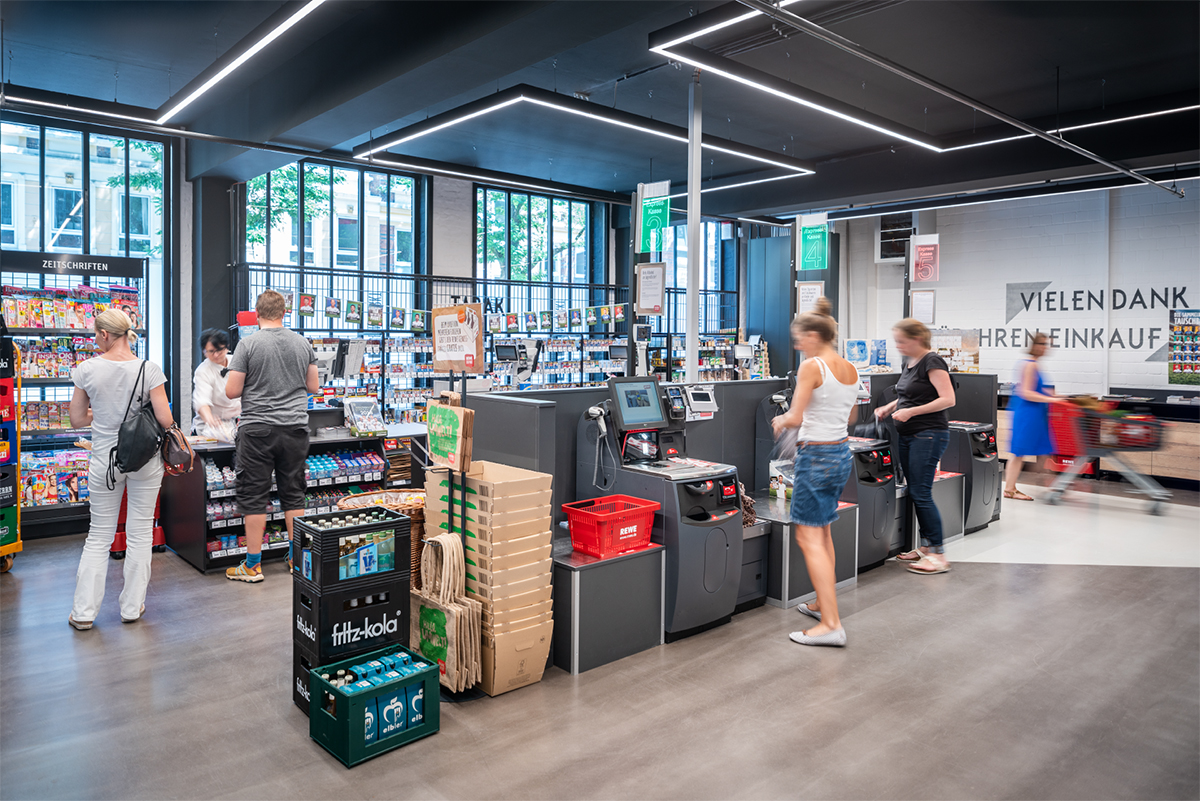
CHECKOUT
Pleasant, natural, glare-free. Tailor-made light for the respective time of day has an effect on employees and customers. If the balance between activation and relaxation is right, you hold the key to sales success in your hand. The invisible, effective side of human centric lighting (HCL) provably takes effect in the checkout area. Since an artificial atmosphere to some extent becomes a natural mood.
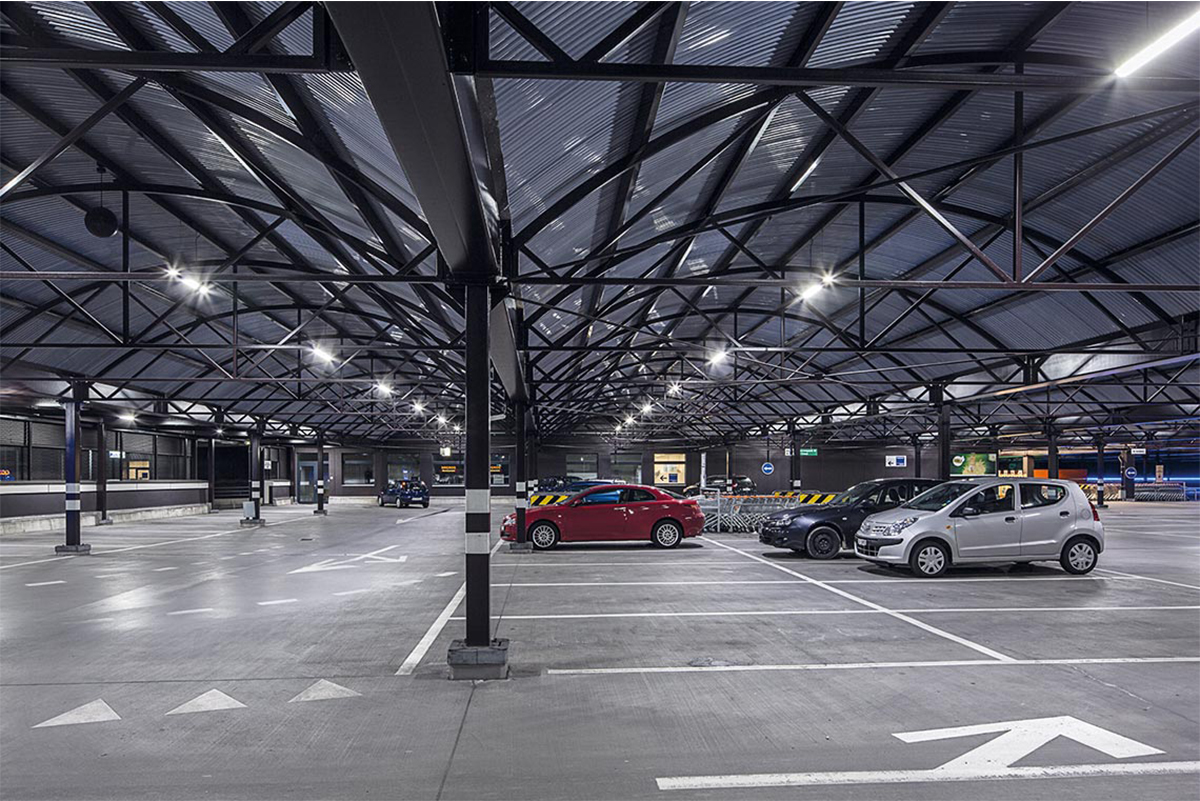
CARPARKS
Arriving safely. Creating calm and avoiding accidents. In that way you invite the visitor to stay. Harmonious lighting supports identification of other traffic participants, makes orientation easier and provides protection from criminal assault.
PRODUCTS USED
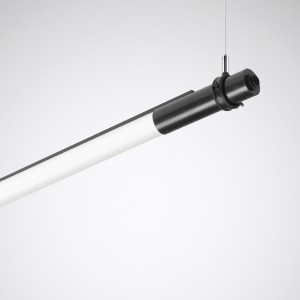
So-Tube
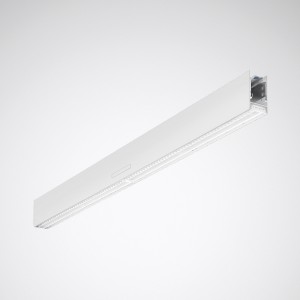
Coriflex
